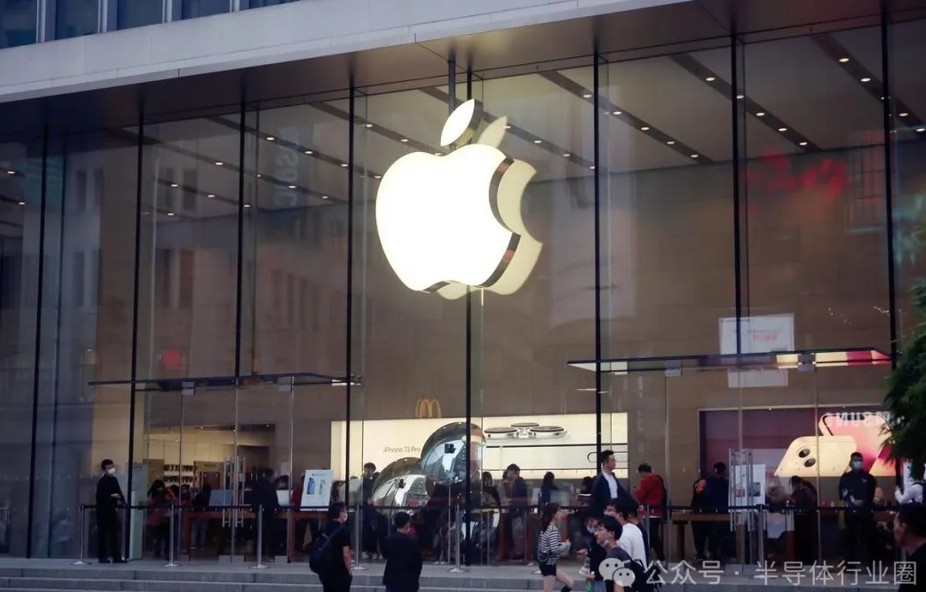Current location:
After relocating 300 supply chain companies and expanding Vietnam's production capacity threefold, Apple's "cutting" action on the Chinese industrial chain has once again escalated.
Recently, multiple sources revealed that Apple has officially issued instructions to core contract manufacturers: by the end of 2025, all iPhones sold in the US market must be 100% assembled in India. This strategy is regarded by the industry as a milestone event in Apple's "de Sinicization" and has once again focused public opinion on the geopolitical game behind the restructuring of multinational supply chains. This strategic shift may trigger a wave of withdrawal for fruit chain enterprises, reshaping the global supply chain landscape.

This measure is based on Apple's supply chain diversification strategy, but the progress and speed have exceeded investors' expectations. Its goal is to purchase all of the over 60 million iPhones sold annually in the United States from India by the end of 2026. This goal means that India's iPhone production will double.
Wedbush analyst Dan Ives stated earlier this month, "In our opinion, no American technology company has been more negatively affected by these tariffs than Apple, as 90% of Apple's iPhones are produced and assembled in China." India may be a more viable alternative for some production activities, as analysts like Ives have warned that considering the construction process takes several years, Apple cannot easily transfer production to the United States.

Chief analyst Craig Moffett believes that any plan to relocate the US iPhone assembly business to India is unrealistic. He questioned how this move could reduce costs related to tariffs, as iPhone components will still be produced in other countries/regions. Tariffs have brought a lot of problems, and moving to India cannot solve all of them. Of course, it is helpful to some extent. What I want to question is how this will work
*Disclaimer: The above content is reproduced on the WeChat official account of the semiconductor industry circle, which does not represent the views and positions of the company, but only for exchange and learning. If you have any questions or objections, please contact us.
TVS/ESD Diode Transistor MOS FET LDO Hall IC BLCD controller


